Top 10 Logistics Software Solutions Compared
By Dante Holloway | Published: 2025-04-07 | Category: Logistics Software
About Logistics Software
Logistics software encompasses tools designed to manage and optimize the movement and storage of goods from origin to consumption. These platforms streamline operations like transportation management, warehousing, inventory control, and order fulfillment.
Scoring Criteria
- → Feature Set
- → Ease of Use
- → Integration Capabilities
- → Scalability
- → Customer Support
- → Value for Money
The Best Logistics Software
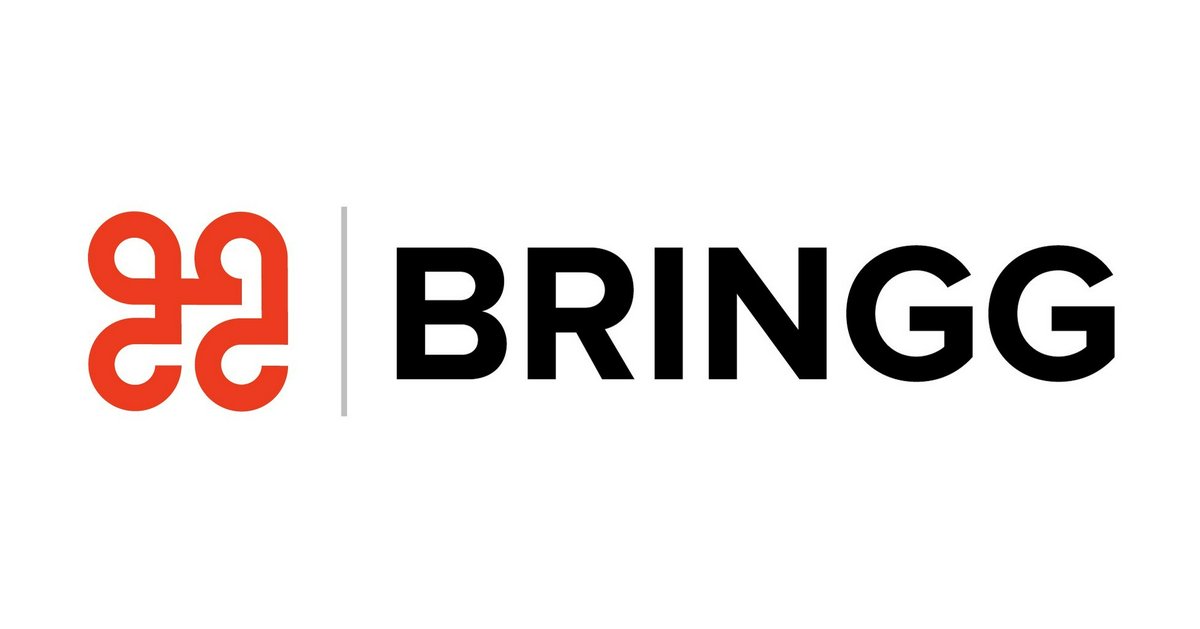 #10
#10
Bringg
By Bringg
Data-led delivery and fulfillment cloud platform focused on optimizing last-mile operations and customer experience.
Platforms & Use Cases
Platforms: Web, Mobile
Best For: Last-Mile Delivery, Click & Collect, Third-Party Delivery Management, Route Optimization, Customer Experience Management
Key Features
- ✓Delivery Orchestration: Manages complex delivery models including internal fleets, 3PLs, and crowdsourced providers. (High)
- ✓Customer Experience Tools: Real-time tracking links, branded communication, and feedback collection.
- ✓Driver Management App: Mobile app for routing, communication, and proof of delivery.
- ✓Network Manager (BringgNow): Access to a network of integrated third-party delivery providers.
Scorecard (Overall: 8.3 / 10.0)
Pricing
Quote-Based
Contact Vendor
- Multi-Fleet Management
- Route Optimization
- Customer Experience Suite
- Driver App
- Analytics
Limitations: Geared towards larger operations, Pricing reflects enterprise focus
Pros
- + Excellent orchestration across multiple delivery fleets/models
- + Strong focus on customer experience during delivery
- + Highly scalable and configurable
- + Good integration capabilities
Cons
- - Can be complex and expensive, more suited for enterprise
- - Primarily focused on the last mile aspect
Verdict
"Top-tier platform for large retailers and logistics providers needing sophisticated orchestration of complex last-mile delivery operations across multiple provider types, with a strong emphasis on customer experience."
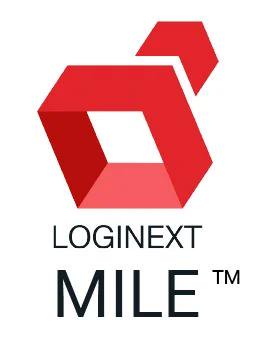 #9
#9
LogiNext Mile
By LogiNext
AI-powered platform focused on optimizing last-mile delivery operations and field service management.
Platforms & Use Cases
Platforms: Web, Mobile
Best For: Last-Mile Delivery Optimization, Route Planning, Real-Time Driver Tracking, Proof of Delivery, Field Service Management
Key Features
- ✓Automated Route Optimization: AI algorithms plan efficient multi-stop routes considering traffic and constraints. (High)
- ✓Real-Time Tracking & ETA: Live tracking of delivery personnel and automated customer notifications.
- ✓Electronic Proof of Delivery (ePOD): Captures signatures, photos, and notes via mobile app.
- ✓Capacity Planning: Helps manage fleet and driver capacity against order volume.
Scorecard (Overall: 7.7 / 10.0)
Pricing
Quote-Based
Contact Vendor
- Route Optimization
- Real-Time Tracking
- ePOD
- Analytics
- API Access
Limitations: Pricing based on asset count and feature usage
Pros
- + Strong focus and features for last-mile logistics
- + AI-driven optimization capabilities
- + Good real-time tracking and customer communication
- + Intuitive mobile app for drivers
Cons
- - Primarily focused on last-mile, less on broader logistics
- - Can be costly depending on scale
- - Some advanced configurations require support
Verdict
"A leading solution for businesses heavily focused on optimizing last-mile delivery and field service operations, offering powerful routing and tracking features."
 #8
#8
Kuebix TMS
By Trimble
Scalable, cloud-based Transportation Management System (TMS) offering options from a free version to enterprise-level capabilities.
Platforms & Use Cases
Platforms: Web
Best For: Transportation Management, Load Matching, Freight Audit, Carrier Management, Supply Chain Visibility
Key Features
- ✓Multi-Modal Rate Shopping: Compares rates across LTL, TL, and Parcel carriers. (High)
- ✓Community Load Match: Platform to find capacity and loads within the Kuebix user network (paid tiers).
- ✓Shipment Scheduling & Tracking: Manages booking, dispatch, and tracking processes.
- ✓Reporting & Analytics: Provides insights into transportation spend and performance.
Scorecard (Overall: 8.0 / 10.0)
Pricing
Free Shipper
Contact Vendor
- Unlimited LTL Rate Quotes
- Unlimited Shipments
- Booking & Tracking
Limitations: Limited features, No TL/Parcel rating, No advanced analytics
Business Pro (Est.)
$150.00 / Monthly
- Adds TL/Parcel
- Carrier Contract Uploads
- Basic Analytics
Limitations: Limited users, Fewer integrations than Enterprise
Enterprise (Quote)
Contact Vendor
- Full TMS Suite
- Advanced Analytics
- Integrations
- Managed Services Option
Limitations: Quote-based pricing
Pros
- + Offers a genuinely useful free version
- + Scalable from small shippers to large enterprises
- + Good rate shopping capabilities
- + Community load matching feature is unique
Cons
- - Advanced features locked behind higher tiers
- - Some integrations require Enterprise plan
- - Support quality can vary
Verdict
"Excellent TMS choice offering great scalability, starting with a strong free option for basic LTL shipping needs and scaling up to comprehensive enterprise features. Offers strong value."
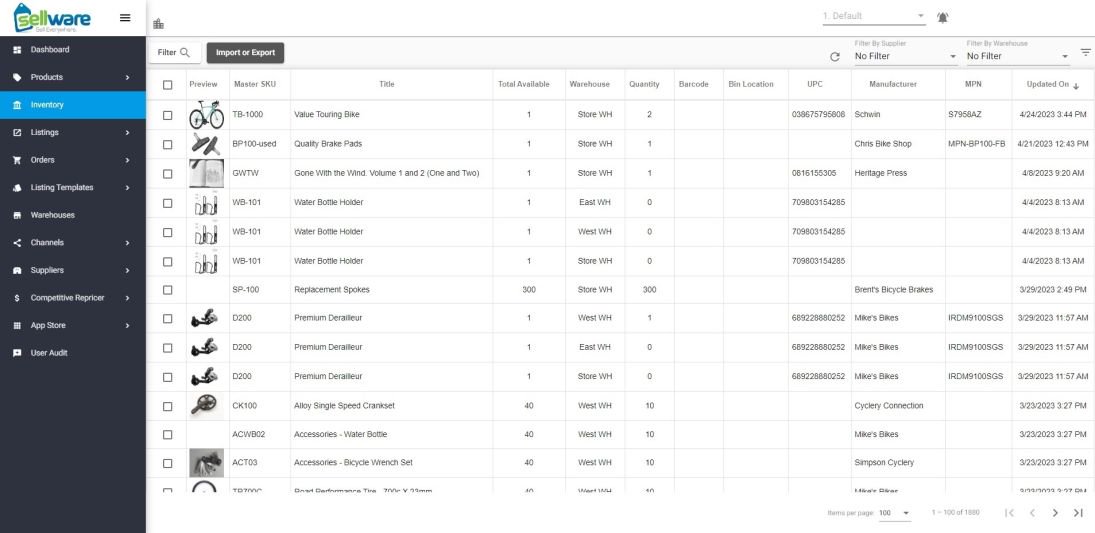 #7
#7
Fishbowl Inventory
By Fishbowl
Hybrid inventory management and manufacturing solution aimed at SMBs, integrating well with QuickBooks.
Platforms & Use Cases
Platforms: Desktop, Mobile
Best For: Inventory Management, Manufacturing Order Management, Warehouse Management, QuickBooks Integration, Order Management
Key Features
- ✓QuickBooks Integration: Strong, popular integration for seamless financial data flow. (High)
- ✓Multi-Location Tracking: Manages inventory across different warehouses or sites.
- ✓Barcode Scanning: Supports mobile scanning for warehouse operations.
- ✓Manufacturing Orders: Handles bills of materials, work orders, and production stages.
Scorecard (Overall: 7.3 / 10.0)
Pricing
Perpetual License
$4395.00 / One-Time (plus optional annual support)
- Core Inventory/Manufacturing
- QuickBooks Integration
- User Licenses
Limitations: Primarily desktop-based, though mobile exists, UI feels dated compared to cloud-native options
Pros
- + Excellent QuickBooks integration
- + Good value for perpetual license
- + Strong inventory and basic manufacturing features for SMBs
- + Offers mobile WMS capabilities
Cons
- - Desktop application feels less modern
- - Scalability might be limited for very large enterprises
- - Requires local installation and maintenance
Verdict
"A solid choice for SMBs, especially those using QuickBooks, needing robust inventory and light manufacturing management without the complexity or cost of large ERP systems."
 #6
#6
ShipBob
By ShipBob
Tech-enabled 3PL offering outsourced fulfillment services combined with a cloud-based logistics and inventory management platform.
Platforms & Use Cases
Platforms: Web
Best For: eCommerce Fulfillment, Inventory Management, Order Management, Distributed Inventory, 3PL Services
Key Features
- ✓Distributed Inventory Network: Allows storing inventory closer to end customers for faster, cheaper shipping. (High)
- ✓Order & Inventory Management Dashboard: Central platform to manage orders, track inventory levels, and view fulfillment status.
- ✓eCommerce Platform Integrations: Connects seamlessly with Shopify, WooCommerce, Amazon, etc.
- ✓Analytics & Reporting: Provides insights into shipping performance, costs, and inventory turnover.
Scorecard (Overall: 8.2 / 10.0)
Pricing
Fulfillment Service Pricing
Contact Vendor
- Receiving
- Storage
- Pick & Pack
- Standard Packing
- Shipping
Limitations: Primarily a service, software access tied to using their fulfillment centers, Storage fees can add up
Pros
- + Combines software with physical fulfillment services
- + Excellent for eCommerce businesses wanting to outsource fulfillment
- + Easy integrations with major platforms
- + Distributed inventory reduces shipping times/costs
Cons
- - Software is tied to using their fulfillment network
- - Can be more expensive than in-house fulfillment for very high volumes
- - Less control compared to managing own warehouse
Verdict
"Ideal solution for growing eCommerce brands looking to outsource their logistics and fulfillment operations while maintaining visibility through an integrated software platform."
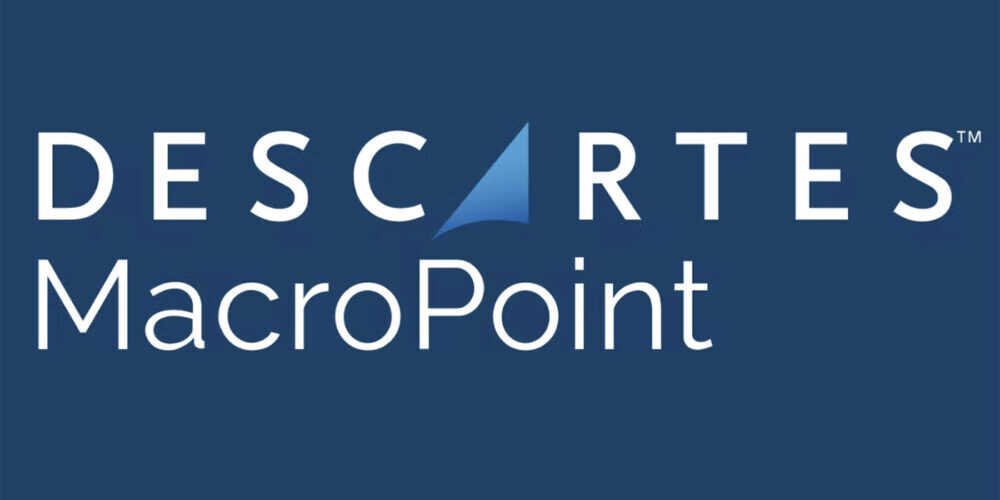 #5
#5
Descartes MacroPoint
By Descartes Systems Group
Real-time freight visibility platform providing tracking and predictive analytics across multiple transportation modes.
Platforms & Use Cases
Platforms: Web, Mobile
Best For: Real-Time Freight Tracking, Supply Chain Visibility, ETA Prediction, Carrier Compliance Monitoring
Key Features
- ✓Multi-Modal Visibility: Tracks shipments via ELD/telematics, mobile apps, and carrier integrations. (High)
- ✓Predictive ETAs: Uses AI to forecast arrival times more accurately.
- ✓Control Tower View: Centralized dashboard for monitoring all active shipments.
- ✓Exception Management: Automated alerts for delays or potential issues.
Scorecard (Overall: 8.2 / 10.0)
Pricing
Per-Load or Subscription
Contact Vendor
- Extensive Carrier Network
- Real-Time Updates
- Predictive Analytics
- Customizable Alerts
Limitations: Primarily focused on visibility, less on execution, Pricing depends heavily on volume and integration needs
Pros
- + Industry-leading freight visibility network
- + Strong predictive analytics for ETAs
- + Easy integration with various TMS/ERPs
- + Good carrier connectivity options
Cons
- - Primarily a visibility tool, not a full TMS/WMS
- - Data accuracy depends on carrier compliance/integration quality
Verdict
"Best-in-class for organizations needing robust, real-time freight visibility and predictive ETAs, particularly shippers and brokers managing large carrier networks."
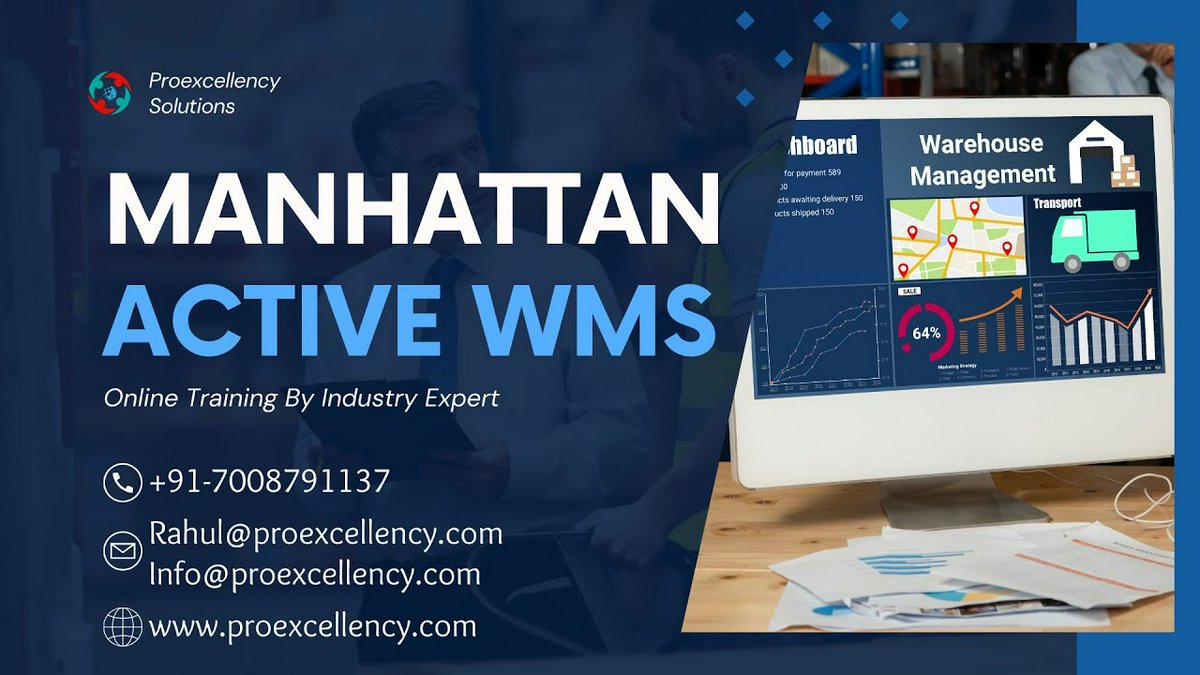 #4
#4
Manhattan Active Warehouse Management
By Manhattan Associates
Cloud-native WMS built on microservices, offering high levels of flexibility, scalability, and continuous innovation.
Platforms & Use Cases
Platforms: Web, Mobile
Best For: Warehouse Management, Labor Management, Slotting Optimization, Yard Management, Omnichannel Fulfillment
Key Features
- ✓Cloud-Native Architecture: Ensures seamless updates, scalability, and resilience. (High)
- ✓Order Streaming: Prioritizes and releases work based on real-time conditions.
- ✓Embedded WES: Warehouse Execution System capabilities for coordinating labor and automation.
- ✓Mobile Applications: Modern, intuitive apps for various warehouse roles.
Scorecard (Overall: 8.3 / 10.0)
Pricing
Subscription - Quote Based
Contact Vendor
- Always Current WMS
- Scalable Architecture
- Integrated Labor Management
- Advanced Fulfillment Logic
Limitations: Primarily focused on WMS, TMS is separate, Can be complex to implement fully
Pros
- + Modern, cloud-native platform gets frequent updates
- + Highly scalable and resilient
- + Strong focus on optimizing complex warehouse operations
- + Good mobile interface
Cons
- - Significant investment required
- - Focus is heavily on warehousing; other logistics areas may need separate Manhattan solutions
Verdict
"Excellent choice for businesses prioritizing a cutting-edge, scalable, and continuously updated WMS, especially those with complex distribution and fulfillment requirements."
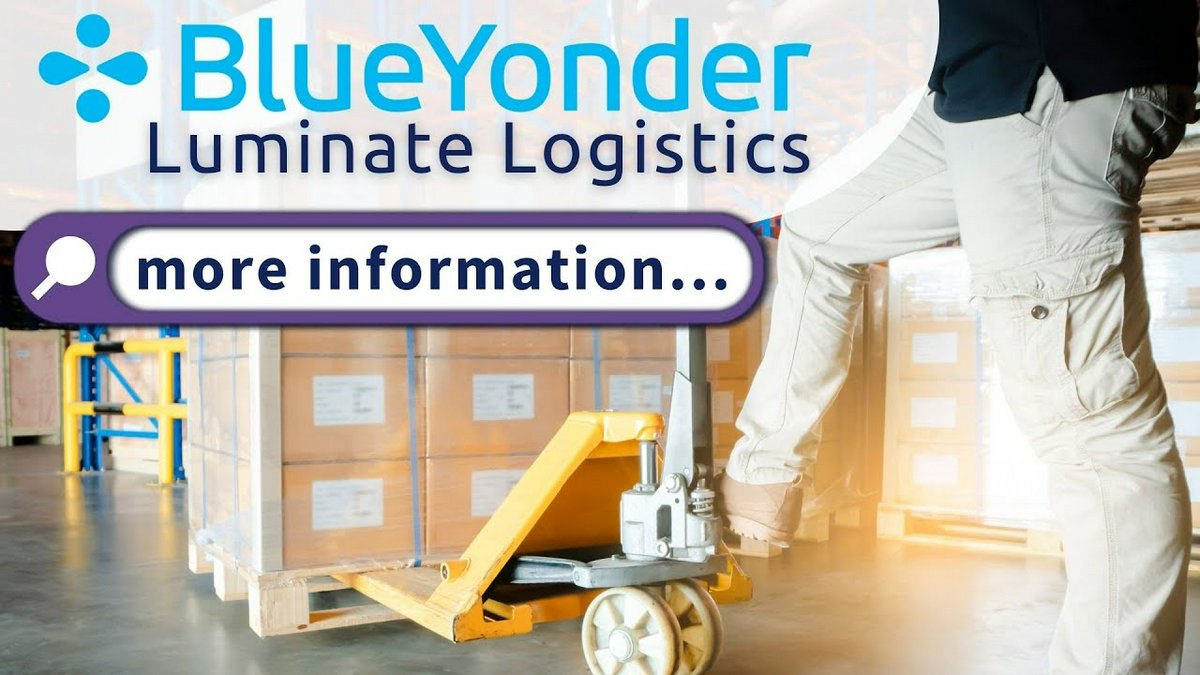 #3
#3
Blue Yonder Luminate Logistics
By Blue Yonder
Cloud-based platform offering end-to-end supply chain visibility and orchestration, including TMS and WMS.
Platforms & Use Cases
Platforms: Web, Mobile
Best For: Transportation Management, Warehouse Management, Supply Chain Visibility, Labor Management, Order Management
Key Features
- ✓Luminate Platform: Provides real-time visibility and AI/ML-driven insights across the supply chain. (High)
- ✓Integrated TMS & WMS: Covers planning, execution, and optimization for transport and warehousing.
- ✓Digital Fulfillment: Optimizes order processing and micro-fulfillment operations.
- ✓Workforce Management: Tools for labor planning and optimization.
Scorecard (Overall: 8.0 / 10.0)
Pricing
Subscription - Quote Based
Contact Vendor
- Modular solution selection
- AI/ML Capabilities
- End-to-End Visibility
- Mobile Applications
Limitations: Pricing varies significantly based on modules and scale, Implementation can be complex
Pros
- + Strong focus on AI/ML for optimization
- + End-to-end supply chain coverage
- + Good visibility features
- + Scalable cloud platform
Cons
- - Complexity in configuration and integration
- - Cost can be high depending on modules selected
- - User interface could be more intuitive for some modules
Verdict
"A strong contender for companies seeking advanced, AI-driven optimization across their entire logistics network, particularly those with complex warehousing and transportation needs."
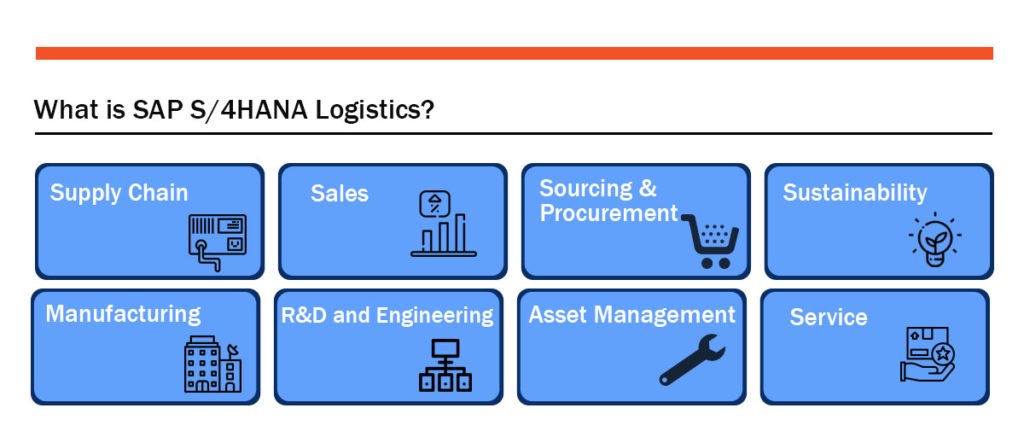 #2
#2
SAP S/4HANA Supply Chain Logistics
By SAP
An integral part of SAP's ERP system, offering advanced logistics, manufacturing, and asset management capabilities.
Platforms & Use Cases
Platforms: Web, Mobile, Desktop
Best For: Enterprise Resource Planning, Supply Chain Planning, Transportation Management, Warehouse Management, Manufacturing Execution
Key Features
- ✓Extended Warehouse Management (EWM): Sophisticated control over warehouse processes and movements.
- ✓Transportation Management (TM): Manages freight, fleet, and logistics networks. (High)
- ✓Real-time Analytics: Leverages HANA in-memory database for fast reporting and insights.
- ✓Global ATP & Supply Planning: Advanced planning and order promising capabilities.
Scorecard (Overall: 8.2 / 10.0)
Pricing
Quote-Based Enterprise
Contact Vendor
- Comprehensive Logistics Modules
- Advanced Analytics
- Global Capabilities
- Extensive Customization
Limitations: High implementation cost and complexity, Requires significant IT resources
Pros
- + Extremely comprehensive feature set for large enterprises
- + Powerful real-time data processing
- + Highly scalable and customizable
- + Strong integration within the SAP ecosystem
Cons
- - Very complex and expensive to implement and maintain
- - Requires specialized expertise
- - User interface can be challenging
Verdict
"Ideal for large, global enterprises with complex supply chains needing a deeply integrated, powerful, albeit complex, logistics solution within their SAP landscape."
View Top Ranked Software
Watch a short ad to unlock the details for the #1 ranked software.
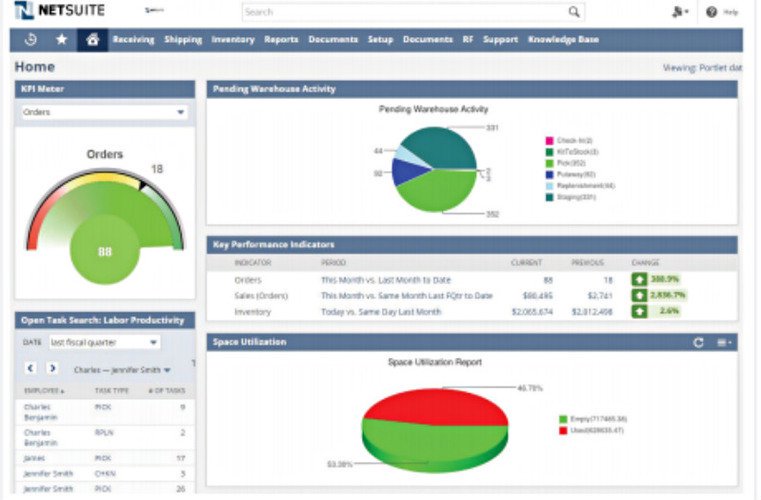 #1
#1
NetSuite WMS
By Oracle NetSuite
Comprehensive cloud-based WMS integrated within the NetSuite ERP, offering end-to-end inventory and warehouse management.
Platforms & Use Cases
Platforms: Web, Mobile
Best For: Warehouse Management, Inventory Control, Order Fulfillment, Supply Chain Visibility
Key Features
- ✓Integrated Inventory Management: Real-time tracking across multiple locations, integrated with core financials. (High)
- ✓Order Fulfillment Engine: Automates pick, pack, and ship processes with strategy definition.
- ✓Mobile RF Barcode Scanning: Enables warehouse staff to perform tasks efficiently via handheld devices.
- ✓Cycle Counting: Improves inventory accuracy without halting operations.
Scorecard (Overall: 8.5 / 10.0)
Pricing
Quote-Based
Contact Vendor
- Full WMS Suite
- ERP Integration
- Mobile Access
- Reporting
Limitations: Requires NetSuite ERP subscription, Pricing tailored to specific needs
Pros
- + Deep integration with NetSuite ERP/CRM
- + Highly scalable for growing businesses
- + Robust feature set covering complex warehouse needs
- + Real-time data visibility
Cons
- - Can be expensive, especially with ERP costs
- - Steeper learning curve due to complexity
- - Primarily suited for existing NetSuite users
Verdict
"Best for businesses already invested in or planning to adopt the NetSuite ecosystem, needing a powerful, integrated WMS."

Final Thoughts
The logistics software landscape offers diverse solutions, from comprehensive ERP-integrated suites like NetSuite and SAP for large enterprises, to specialized platforms like Descartes MacroPoint for visibility, ShipBob for eCommerce fulfillment, and LogiNext/Bringg for last-mile optimization. Cloud-native WMS like Manhattan Active offer modern scalability, while Kuebix provides excellent value and entry points for TMS needs. Selecting the right software depends heavily on business size, specific operational focus (warehousing, transport, last-mile), integration needs, and budget.